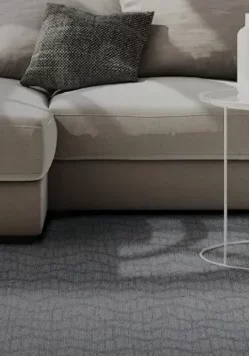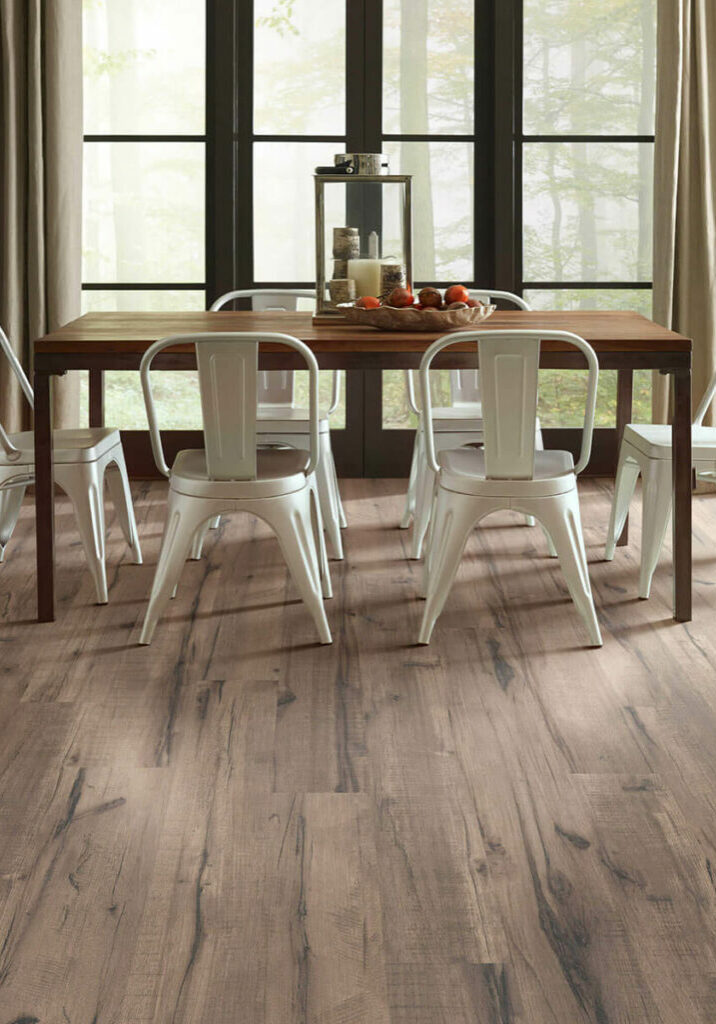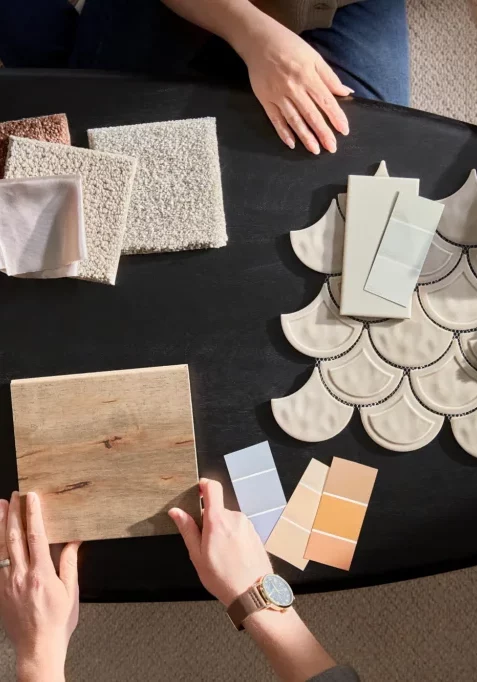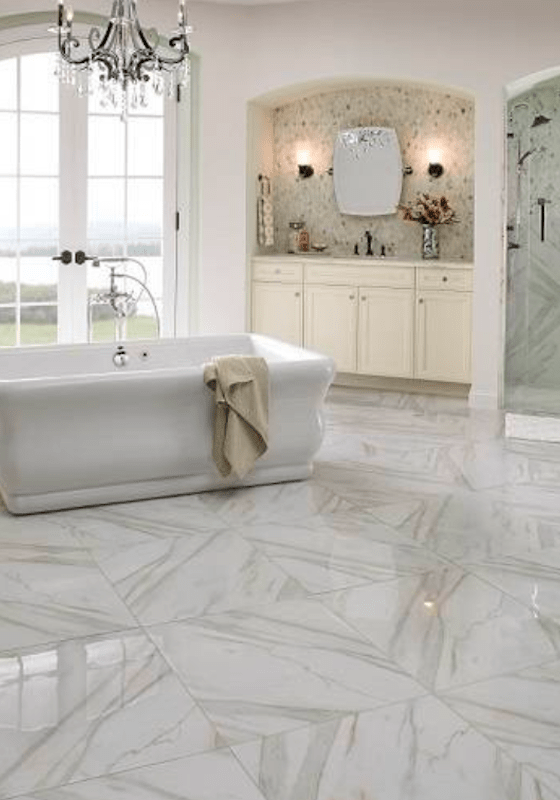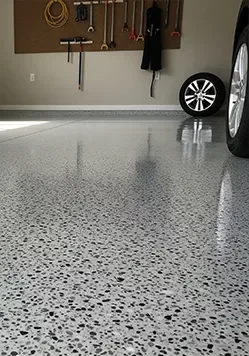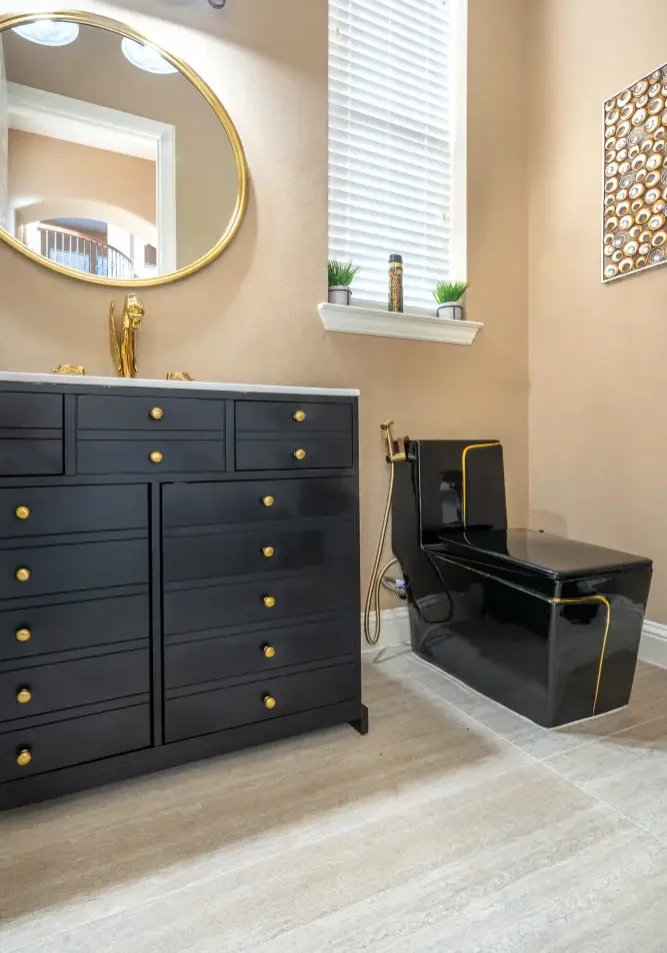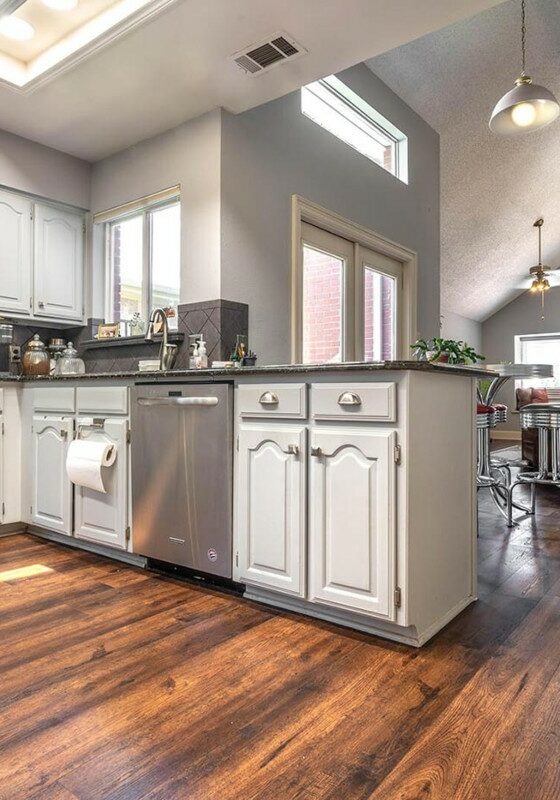Floating Floors vs Fixed Floors
Installing floors is a challenging process that requires you to make various choices. You should decide on the type of flooring material, texture, and color while factoring in your budget and where you are installing the floor. When it comes to floor installations, there are two main types of installation methods: floating or fixed floors installation.
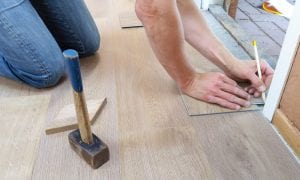
What is a Fixed or Nailed Floor?
Fixed flooring is a method where the top floor is fixed to the sub-floor through nailing, gluing or stapling, making them permanent. The flooring type determines how it is fixed on the sub-floor. For example, tacks are commonly used for fitting wall to wall carpets to the sub-floor, while some floating floors are glued down to the sub-floor. Flooring materials like laminate, hardwood, tiles and vinyl are usually glued or nailed down to a concrete or wooden sub-floor or, in some cases, to a damp-proof membrane (DPM). A fixed floor requires a professional floor installer. It requires specialized tools and materials such as nail guns and floor nailers. Fixed floors are much harder to handle as a DIY project.
What is a Floating Floor?
Floating floors have gained popularity as a way to cater to the growing market of DIY floor installers. A floating floor is an installation method where the floor floats on top of the sub-floor. In other words, you lay the material on the sub-floor like an area rug. It is a common method of installing laminate floors. However, it is gaining popularity in installing other flooring types like luxury vinyl tiles (LVTs), vinyl and engineered hardwood floors. Floating floors are common in large halls and gyms.
A floating floor works like a jigsaw puzzle. It is fitted together but not attached to the table or surface holding it. When installing floating floors, you glue or snap the individual tiles, boards or planks together. You don’t staple, nail or glue the material to the substrate, sub-floor or over an existing floor. The individual pieces of floating floors stay in place because attaching them and their collective weight keeps them together.
Types of Floating Floors
1. Floating Laminate Flooring
Laminate is a good type of floating floor. You should not glue it to the substrate. Laminate floors expand and contract depending on a room’s humidity levels. Therefore, the floating method is the best option to install laminate floors.
2. Floating Vinyl Flooring
You can install fixed or floating Vinyl and luxury vinyl tile floors. You install floating vinyl floors by snapping them together board to board. They are manufactured with tongues and grooves, which make click-locking them possible.
3. Floating Engineered Hardwood Flooring
In the flooring industry, a few manufacturers have brands of floating hardwood engineered flooring. The materials have a tongue and groove for easy installation.
4. Floating Floor Tile
If you want floating tiles, you can use soapstone. The materials are attached using interlocking plastic trays. However, the price is high, limiting its popularity.
Fixed or Nailed Flooring Types
1. Carpets
Floating floors do not apply to soft floor coverings like carpets. Wall to wall carpeting is not a floating floor because it uses tack strips to secure it to the sub-floor. It is too light in weight and thickness to work well as a floating floor.
2. Ceramic Tiles
Conventional ceramic tiles are fixed to the substrate by mortar. Manufacturers are yet to make conventional tiles that can work as floating floors.
3. Solid Hardwood Flooring
You use nails to install solid hardwoods to the sub-floor. At the moment, there are no floating versions of solid hardwood floors.
How to Install a Floating Floor
You should install a floating floor on a strong sub-floor like concrete and not on soft material like plywood.
- First, get the dimensions of the room, then purchase your preferred flooring type.
- Prepare the sub-floor by sanding any uneven parts because you require a flat surface.
- Then, clean the room well by vacuuming the floor.
- Install the floating floor by fitting individual pieces together which have tongues and grooves for such a purpose.
- Start with a row and move to the next until you have installed the whole room.
Advantages of Floating Floors
- Floating floors are easy to install and a perfect method for DIY installers. It requires no specialized installation tools or materials.
- Floating floor installation costs are less even when using a contractor. It is ideal if you are on a low budget.
- They work perfectly for engineered hardwood floors and laminates because they tend to contract and expand depending on the season. Floating allows the contractions and expansions to take place. Although some adhesives in the market allow fixed floors to move slightly when expanding, they are not as good at accommodating contractions and expansions as floating floors.
- The method has a low impact on the sub-floor.
- Floating floors are convenient should you ever need to access the sub-floor.
Disadvantages of Floating Floors
Floating floors have a few disadvantages.
- They are thinner than regular floors, which may affect their durability.
- Secondly, floating floors may appear to be unstable because of constant movements.
- They may produce a hollow sound underfoot, and they are noisier than regular floors.
- Floating floors can also creak due to the constant movements, shortening their lifespan.
- The method can lower the resale value of a home.
Floating is a convenient method of installing a floor. It is easy to fit and remove a floating floor. Luckily, they are durable depending on the thickness of the planks and how well you maintain them.



